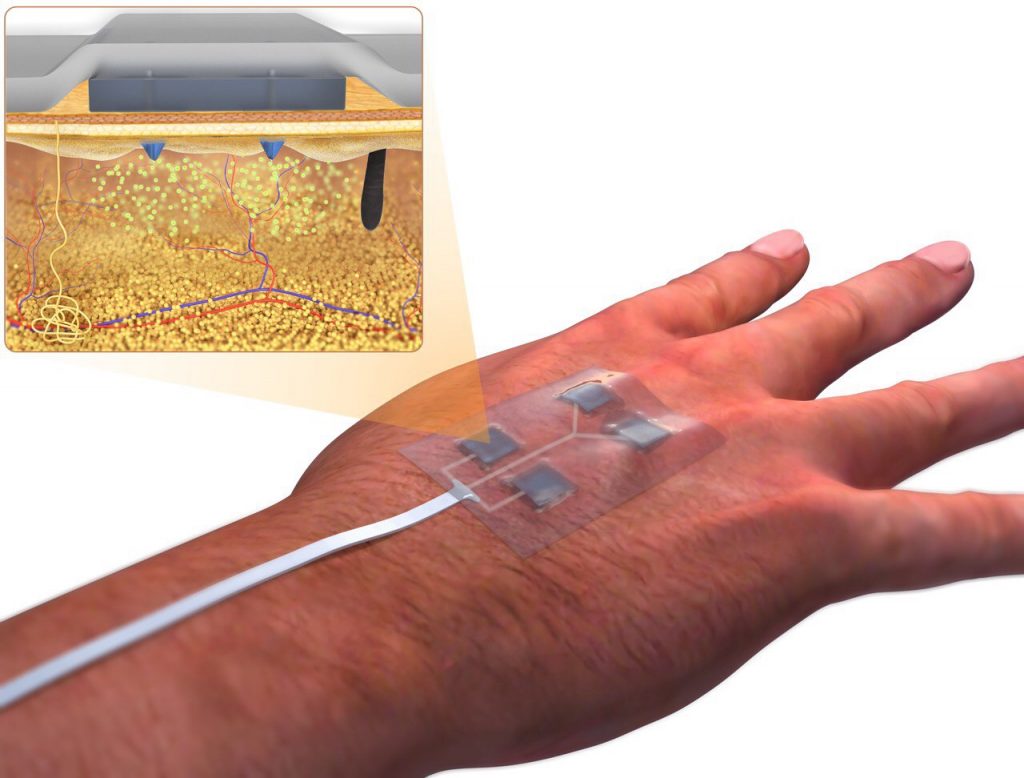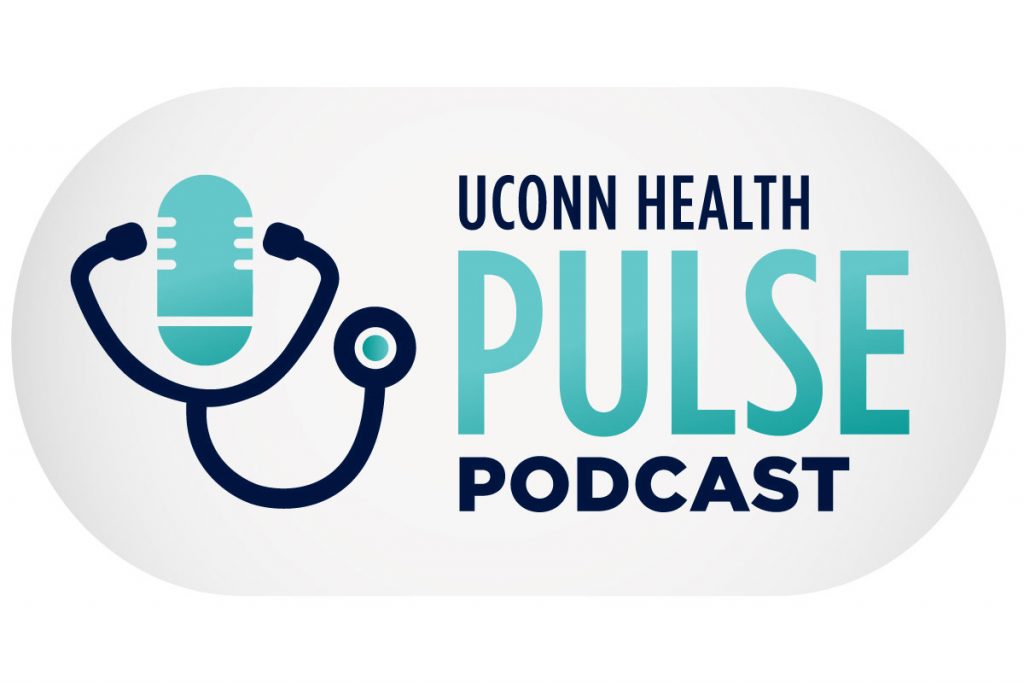UConn Health
UConn Health Geneticist Helps Solve Diagnostic Odyssey
Knowing your child is different can be difficult for any parent but not knowing why can make it even harder. The Spear family spent nearly six years searching for a diagnosis for their daughter Miriam.
February 24, 2020 | Carolyn Pennington
UConn Biomedical Engineer Creates “Smart” Bandages to Heal Chronic Wounds
A new "smart bandage" developed at UConn could help improve clinical care for people with chronic wounds.
February 13, 2020 | Courtney Chandler
Healthy Listening: UConn Health Launches Podcast
The “UConn Health Pulse Podcast” will be a periodic interview program showcasing UConn Health’s people, their work, and their contributions to health care.
February 6, 2020 | Combined Reports
Medicaid Expansion Reduces Cancer, Saves Black Lives
UConn and UNC researchers say expanding Medicaid would reduce the burden of colon cancer and save lives, especially among black men.
January 30, 2020 | Kim Krieger
UConn Students Behind New State Law to Help Verbally Impaired
Materials from students in the UConn Center for Excellence in Developmental Disabilities are helping emergency responders communicate.
January 9, 2020 | Chris DeFrancesco '94 (CLAS)
Virtual Resource Helps Older Adults Find Their Place
A new web resource helps older adults navigate the sometimes confusing world of long-term care.
December 26, 2019 | Anna Zarra Aldrich '20 (CLAS), Office of the Vice President for Research
Micro-RNAs Keep Stem Cells From Growing Up Too Fast
UConn Health researchers believe they've solved a mystery that's long puzzled observers: what are so-called micro-RNAs for?
December 12, 2019 | Kim Krieger
Mighty Mice Head to Space on Important Health Mission
Some tiny but mighty astronauts are headed into space as part of a research project into muscle and bone loss being undertaken by UConn Health, The Jackson Laboratory for Genomic Medicine (JAX), and Connecticut Children's.
December 5, 2019 | Lauren Woods
UConn and Yale Researchers Draw an Evolutionary Connection Between Pregnancy and Cancer Metastasis
Pregnancy might hold the key to understanding how cancer metastasizes in various mammals - including humans, according to UConn and Yale researchers.
December 5, 2019 | Courtney Chandler
Splicing factor to blame in triple negative breast cancer
Splicing factors, comparable to gene editors in our DNA, could hold the key to treating the worst type of breast cancer.
November 26, 2019 | Kim Krieger









